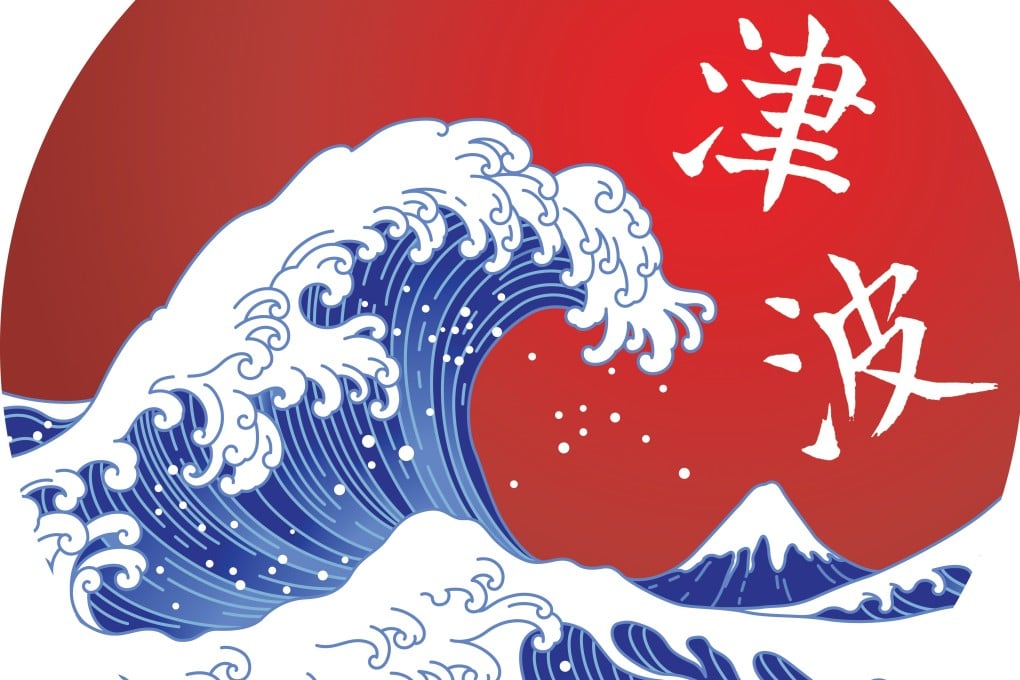Language Matters | When ‘tsunami’ was introduced to the English language, and what it means
- National Geographic magazine reported on ‘a great earthquake wave’ in its September 1896 edition
- But it wasn’t until the 1960s that ‘tsunami’ overtook the inaccurate ‘tidal wave’ in English usage

“On the evening of June 15, 1896, the northeast coast of Hondo, the main island of Japan, was struck by a great earthquake wave (tsunami), which was more destructive of life and property than any earthquake convulsion of this century in that empire.”
This was perhaps the first time the word “tsunami” was introduced to English users – in an article in the September 1896 issue of National Geographic magazine, given in parentheses and in italics as the Japanese word for “great earthquake wave”.
“Tsunami” is, in fact, composed of the Japanese tsu meaning “port, harbour”, and nami meaning “wave”, and pronounced with the initial “ts” as in the Japanese.
In spite of its appearance in National Geographic, the word did not, in fact, gain much traction in the English-speaking world in the 19th century, though its use is noted in geological articles in the early 20th century.
The common English-language term then for related phenomena was “tidal wave”: this technically referred to the high water wave caused by the movement of the tide, but was also (erroneously) extended to refer to an exceptionally large ocean wave caused by an earthquake or other commotion. Meanwhile, the scientific community tended to use “seismic sea wave” (though this was not entirely accurate, either).
Use of the word “tsunami” began to increase after World War II, and overtook “tidal wave” in the 1960s. This rise in adoption of the term may be due to several factors: “tidal wave” being discouraged by geologists and oceanographers; Japan being notable as the country with the highest number of tsunami in recorded history (with records going back to AD684); and its prominent activity in mitigation (with tsunami science and response measures having started after 1896).
